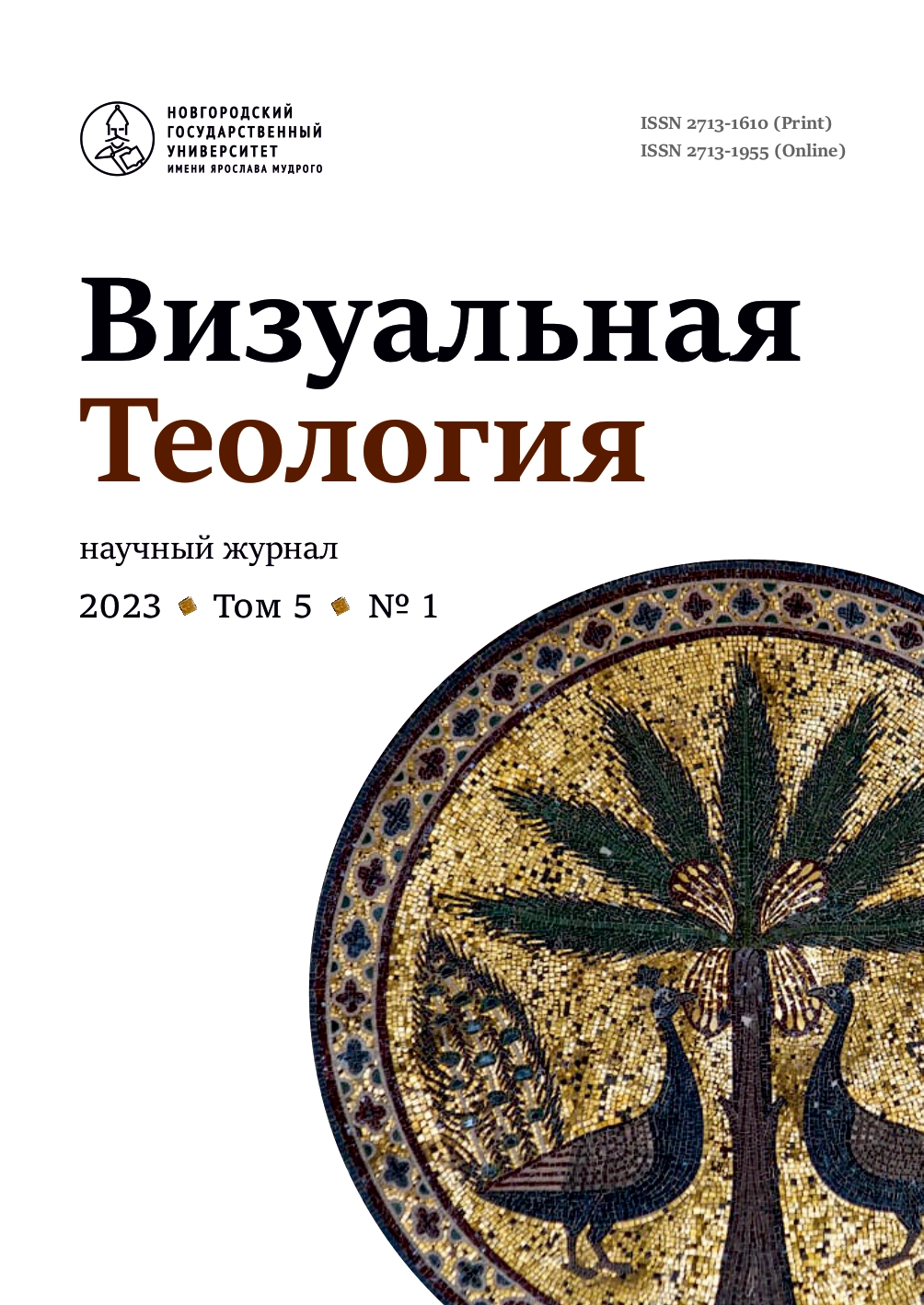Hiérotopie de l’obscurité
Abstract
Tandis que le rôle de la lumière dans la création des espaces sacrés est bien connu, la hiérotopie de l’obscurité n’a jamais fait l’objet d’études specifiques. Dans cet article, l’obscurité est thématisée comme un élément constitutif des espaces sacrés. J’affirme que l’obscurité est plus que l’absence de lumière. L’ambiance sombre engendre une spiritualité toute particulière, caractérisée par le silence, la paix sereine et par la concentration sur le monde intérieur. Cette spiritualité est dotée de sa propre symbolique sacrée, étroitement liée avec la dramaturgie et la symbolique de la lumière. Comme exemple typique, nous allons prendre les catacombes romaines paléochrétiennes, lieux de rituels funéraires et commémoratifs. Du point de vue hiérotopique, les catacombes peuvent être considérées comme des icônes spatiales du royaume des morts, où l’image-paradigme du paradis chrétien luisait invisiblement à travers l’ambiance lugubre de ce monde souterrain.


